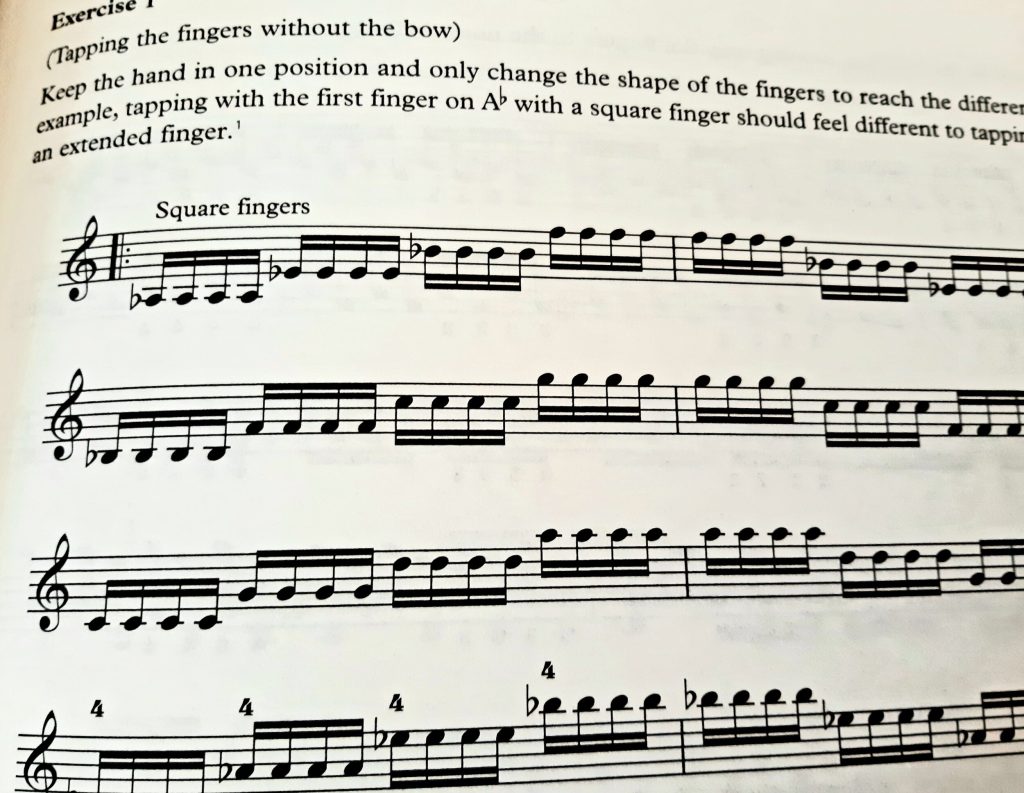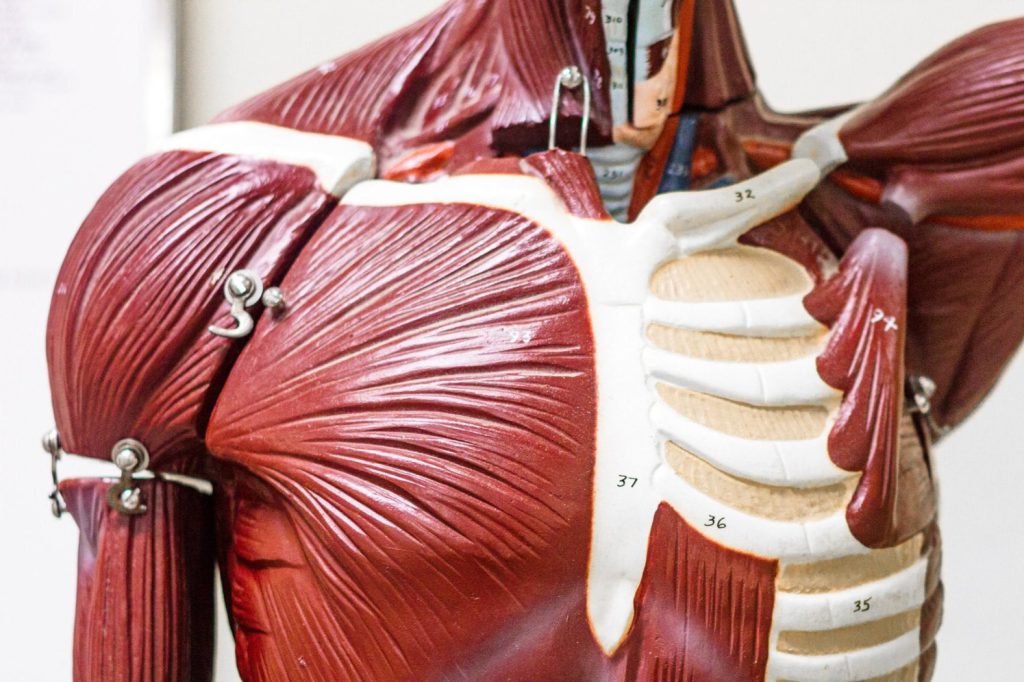People who pursue any sort of creative craft, especially the musically-minded ones, spend a lot of time honing their craft. Musicians have some of the greatest work ethics I’ve ever seen. Countless hours in the practice room…
And the sad thing is that many of those hours are time not efficiently, creatively or joyfully spent. We spend hours drilling those tough passages, dissecting our repertoire. Many of those hours are painstakingly tedious.
I’d like to challenge you today. When was the last time you dared yourself to be creative in the practice room? Jumped outside your comfort zone with a way of practicing you haven’t tried before? When was the last time you looked forward to practicing? After all, do you really want to do 30 more reps of that one shift again today, or would you rather try something new?
That challenge of creative practice is something I’ve dared myself to do this year. I believe I echo a lot of people when I say that I’m tired, and burnt out creatively. Getting in the practice room to play my violin feels like spinning my wheels while holding an argument with myself.
(By-the-way, mindset shifts while practicing is a very worthy topic I’d like to save for another blog post. Let me know whether a discussion on mindset would be helpful, and what kinds of topics you’d like to see!)
So, I want to see if I can make practicing a more curious, joyful experience, and I’d like to hear from you all too! What creative practice methods get you excited to hone your skills?
I’ll be doing a few blog posts diving in-depth into this topic, so stay tuned for lots of great tips!
Before writing this post, while I was doing my daily practice and thinking about this goal, I had a bunch of ideas that I organized into a few different groups. These groups, in no particular order, outline some tried-and-true practice techniques as well as some more out-there tips that are designed to get you thinking in a different way about your instrument or piece.

Group 1. Technique Building
This group includes the classic techniques that many of you’ve probably seen before: rhythms, drills, “target practice”, practicing a specific skill on your instrument, working up tempo, chunking, etc. I’ll go more into depth with these techniques in the posts to follow.
Okay, here’s where we have fun. I do love building up technique with the ways I mentioned above, since they are like solving puzzles to me. (I love puzzles.) Those techniques we’ll call the “instrument” part of the practice.
Now, hang on. You probably thought, “whoah, Vivian. When I practice, the whole point is to incorporate that “instrument” part into all of my practice and technique, right? After all, I’m spending this time to get better at my instrument!”
Absolutely!!! Bear with me a second.
When you play your instrument, a large part, if not all, of your focus goes into the physical acts and organization associated with performing your instrument. But think about it – even when you drill a section 50 times, when you go to perform it, sometimes it doesn’t quite work. Either something goes wrong in the execution, the passage doesn’t flow quite right, you feel stiff during the performance or sore afterwards, or your thoughts are scattered and not focused on the performance.
This is where creative practice and exploration come in! Not all of your practice needs to be on the instrument or with your actual repertoire to “count” as practice and be useful. Let me say that again, because it took me way too long to learn this myself. Not all of your practice needs to be with your repertoire or on your instrument to count as practice. Let’s expand the definition of your practice in music to include your mindset, movement, knowledge of your body, and creativity.
Now that we’ve opened up the definition of practice a bit, let’s go through the other groups of practice methods.

Group 2. Mind
This is where you can examine and hone in on the different mental aspects to your performance. This includes (but is not limited to!):
- planning your practice
- making goal and habit systems for your practice (such as setting small deadlines for yourself)
- working through the emotional content of the pieces and devising a story for each
- memory work
- mindset work, such as unpacking your limiting beliefs and negative thoughts surrounding your instrument and creativity
- journaling
- mental imaging and mapping your practice and performance
- mental practicing
- brain dumping your to-dos, ideas and puzzles to solve.

Group 3. Body
A vital part of our creative practice and music making isn’t just our instruments but our bodies! Most (greater than 70%) of instrumental musicians report feeling pain or injury as a result from playing[1]. Fortunately, this discomfort, pain and injury is preventable.
Many musicians do not know how their bodies work and how it can work for rather than against them while they play. Engaging in somatic disciplines such as the Alexander Technique or Feldenkrais method, self-exploration with gentle movement and stretching can teach you what your body is capable of and how to move better while you play. Definitely incorporate some physical therapy or preventative work (if you are able), warm up and cool down stretches and exercises. Taking care of the other half of your instrument, your body, is an essential part of your practice!
The PreHab Guys have an incredible library of resources and exercises to help people prevent injuries in common areas such as shoulders, necks, backs and hips. Great resource to check out!
Want to really get out of your comfort zone? Try adding dancing into your creative practice! Many pieces in the instrumental repertoire are dances, whether you’re looking at Western classical or beyond. And sometimes, to internalize a piece’s character and expression it is helpful to integrate movement. Try dancing to get to know how you’d like to express a piece.
Group 4. Study
Studying not only our pieces, but the history behind our pieces and instrument, how your body and mind work and different approaches to the instrument can broaden your perspective on playing your instrument. Score studying, listening to the repertoire, body mapping, studying anatomy and different pedagogical approaches will make you more informed as a student, educator and performer. Finally, gain deeper self-knowledge by studying yourself: watch and analyze old recordings and go back over old lesson notes, practice in the mirror. Doing this will help you gain deeper knowledge of your strengths and weaknesses.

Group 5. Play
Playing while you practice is essential to fostering joy while you deepen your skills on your instrument. Taking time to play pieces you enjoy or that you’ve always wanted to work on, putting a new spin on an etude, improvising, trying new styles and genres, and thinking of ways to teach your own repertoire can not only make creatively practicing more fun but can trigger different ideas and help you make a breakthrough with your playing.
I hope you enjoyed this breakdown of different practice methods! These creative practice methods are either things I have tried or am going to incorporate into my practice, and I hope they gave you some ideas for a creative boost in the study of your instrument.
To see the other posts in the series, see below:
[1] Ackermann, Bronwen, et al. “Musculoskeletal Pain and Injury in Professional Orchestral Musicians in Australia.” Latest TOC RSS, Science & Medicine, Inc., 1 Dec. 2012, www.ingentaconnect.com/content/scimed/mppa/2012/00000027/00000004/art00003.

